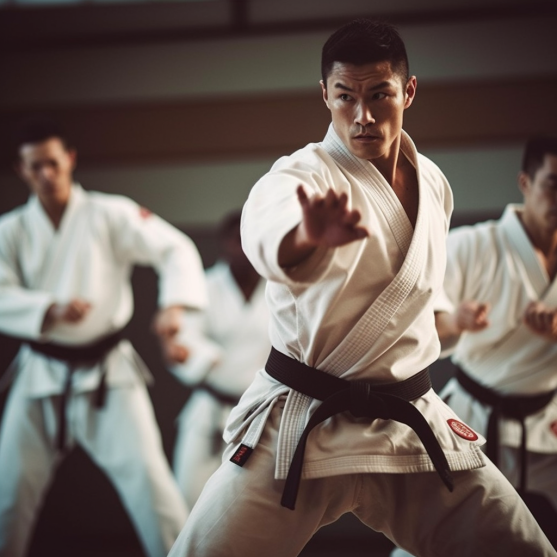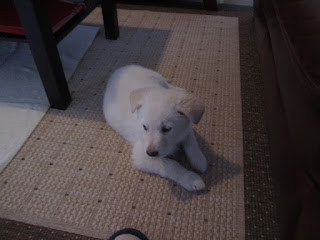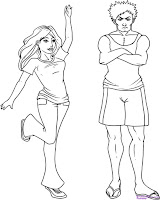Leaders must possess a variety of qualities and skills in order to be successful. Many of these qualities, such as self-discipline, focus, and decision-making, can be developed through the practice of martial arts. Martial arts can be an invaluable tool for leaders as they provide a physical and mental workout that can help to hone and sharpen the skills necessary to be a great leader. Here are some of the ways in which martial arts can benefit leaders:
1. Self-defense: One of the main benefits of learning martial arts for leaders is that it can give them the skills necessary to protect themselves in the event of danger. In an unpredictable world, it is important to be able to protect yourself from potential threats. Martial arts can provide the knowledge and confidence needed to do this.
2. Improved physical fitness: Martial arts require physical strength and agility in order to perform the necessary movements. As such, regular practice can help to improve overall physical fitness. This can benefit leaders in a variety of ways, including improved energy levels, better mental focus and clarity, reduced stress, and more.
3. Improved mental focus: Martial arts require practitioners to stay focused and present in each moment. Through the practice of martial arts, leaders can learn to focus their attention on the task at hand and stay in the moment. This can help to improve their decision-making capabilities and ability to stay calm under pressure.
4. Improved decision making: Martial arts require practitioners to think on their feet and make decisions quickly. Leaders who practice martial arts can improve their ability to think strategically and make decisions based on a variety of factors. This can be a valuable asset in the business world.
5. Improved self-confidence: Martial arts can help to build self-confidence by providing a sense of accomplishment. As practitioners become better at their martial art, they will gain a greater sense of self-assurance and poise. This can be beneficial in a variety of areas, from interpersonal relationships to public speaking.
6. Improved discipline: Martial arts require practitioners to follow strict rules and guidelines. This can help to instill a sense of discipline in leaders, which can be beneficial in terms of improving their work ethic and commitment to their team.
Overall, learning martial arts can be a great way for leaders to hone their skills and improve their self-discipline, focus, and decision-making capabilities. It can also increase their self-confidence and provide them with the necessary skills to protect themselves in the event of danger. By practicing martial arts, leaders can become more effective in the workplace and be better prepared to lead their team to success.




























